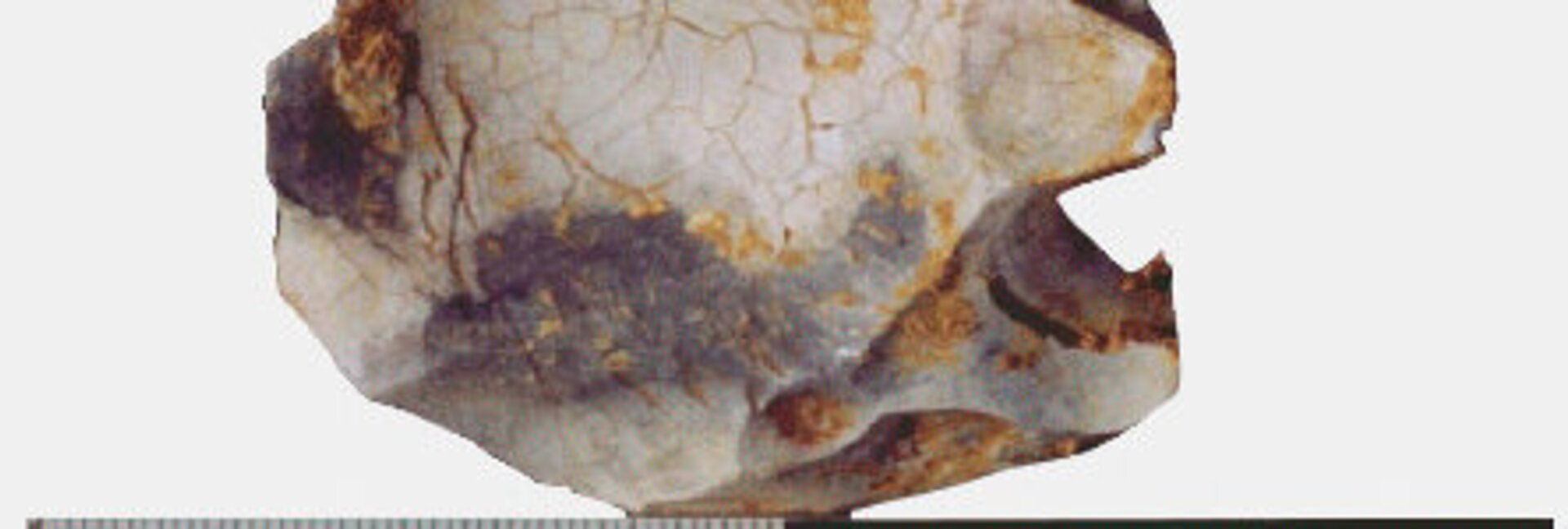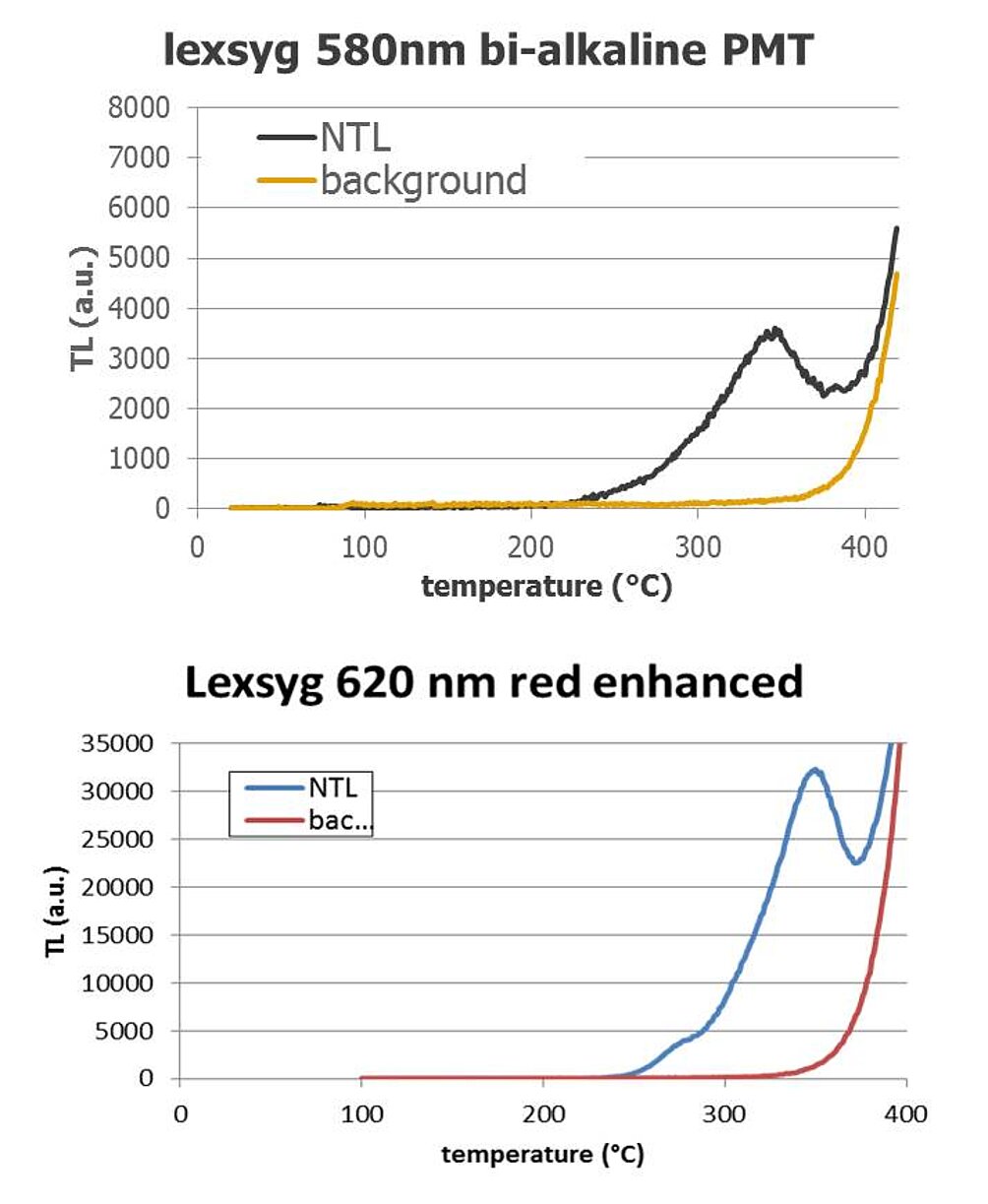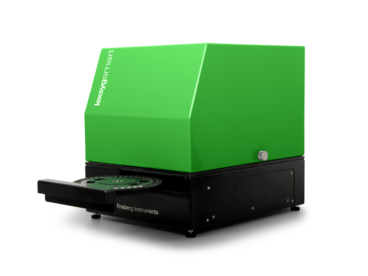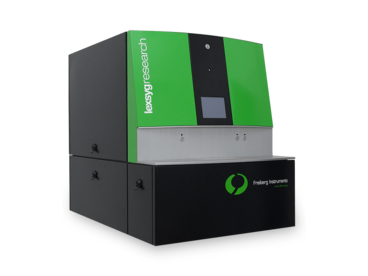Rocks containing amorphous/microcrystalline SiO2 can be dated by luminescence methods when they have been heated to approximately 400°C. Such temperatures, whether accidentally or deliberately, are easily achieved in hearths and therefore the dated event relates to the heating of the flint in a prehistoric fire.
Quartz pebbles or sandstone with Optically Stimulated Luminescence (OSL)
Flint, chert, hornstone, sandstone, quartz pebbles with Thermoluminescence (TL)
Establishing chronostratigraphies for the Palaeolithic period (e.g. Valladas et al., 2013)
Applicable for almost the entire time span of human use of fire
Overview with specific application details for heated flint can be found in Richter (2007)
Orange-red TL detection allows the use of SAR protocols with increased performance of red-enhanced PMT in lexsyg devices
Richter D (2007) Advantages and limitations of thermoluminescence dating of heated flint from Paleolithic sites. Geoarchaeology 22, 671-683.
Valladas H, Mercier N, Hershkovitz I, Zaidner Y, Tsatskin A, Yeshurun R, Vialettes L, Joron J-L, Reyss J-L & Weinstein-Evron M (2013) Dating the Lower to Middle Paleolithic transition in the Levant: A view from Misliya Cave, Mount Carmel, Israel. Journal of Human Evolution 65, 585-593.
Matching Products
Get in touch
Do not hesitate to contact us – we are available to assist you with any inquiries or requests.
Use our inquiry tool or reach out via email:
sales@freiberginstruments.com




